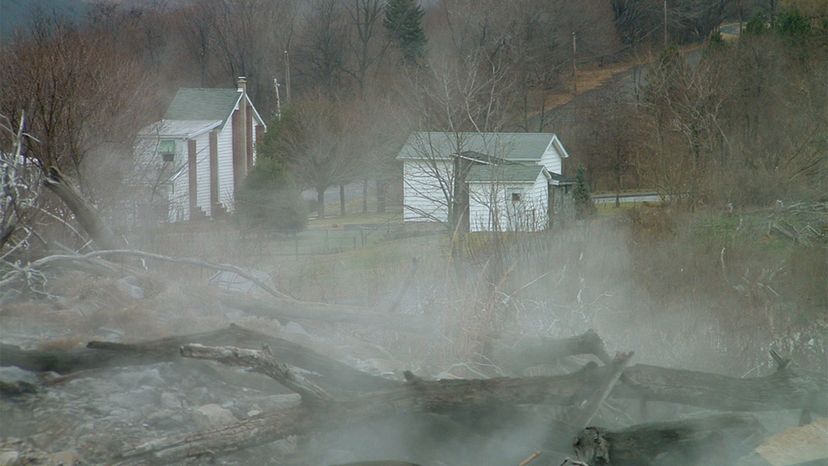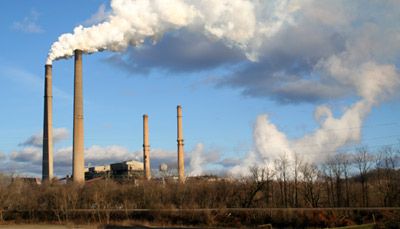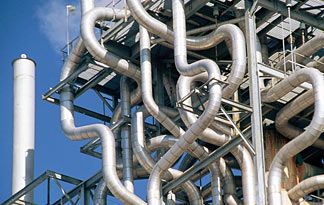By most accounts, Centralia's great fire began at a dump near the local Odd Fellows Cemetery. On Sunday, May 27, 1962, this local landfill was intentionally set ablaze by the fire department, with six volunteer firefighters standing by. It was all part of a yearly cleanup effort the local city council organized.
Controlled burns were a popular garbage-disposal technique back then — but things didn't always go according to plan. By that time, coal production had slowed significantly, and there was a vast network of abandoned mines beneath Centralia's buildings.
Perhaps this fire ran deeper into the trash than anybody realized. If so, it could've spread through the refuse and entered the nearest coal mine pit, with no one being the wiser.
Then again, maybe the town government had nothing to do with it. Some have argued that a different garbage fire at the same site — lit by an unidentified truck driver — is what really sealed Centralia's fate.
Another (less popular) theory claims the coal-seam fire started all the way back in the Great Depression and went unextinguished for decades before the 1960s gave it a new lease on life.
Regardless, the inferno made itself right at home. Sweeping through mine tunnels and coal seams, flames descended as far as 300 feet (91.4 meters) below the ground, sometimes nearing temperatures of 1,350 degrees Fahrenheit (732 degrees Celsius).
The mine fire wasn't discovered until a resident found hot steam billowing out of a sinkhole in the backyard. The smoke was found to contain unsafe carbon monoxide levels, raising safety concerns among Centralia's residents.
According to a 2012 investigation, passageways underlying 400 acres (161.8 hectares) of land had been touched by the blaze at some time or other.



